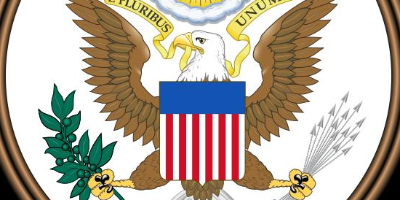Bleeding Kansas (1 h, may 30, 1854 y – oct 4, 1859)
Description:
A series of conflicts arisen from the Kansas-Nebraska Act of 1854, which often resulted in violent clashes. After the Kansas-Nebraska Act was passed, both pro and anti-slavery supporters were desperate not to let the other side have more power in Congress, particularly the Senate. This caused people from nearby states, particularly Missouri, to flock to Kansas, hoping to participate in the election to permit or prohibit slavery.In November 1854, a horde of pro-slavery "Border Ruffians" from Missouri fraudulently elected a Democrat for Kansas' (nonvoting) Congressman. Though abolitionist "Free-Staters" attempted to do the same, they were beaten out by the Border Ruffians. In March 1855, Kansas elected its first legislature, which would determine the legality of slavery. Once again, the Border Ruffians seized control of 37 out of 39 positions.
A report conducted by Congress in 1856 found that the legislature would be abolitionist-controlled if not for the fraudulent votes. Furthermore, it invalidated the current legislature, removing its legislative powers. The Free-Staters then set up their own legislature in Topeka, KS. Though Congress supported the Topeka government, Democratic President Franklin Pierce rejected it as invalid.
During this time, numerous violent conflicts started because of this issue. Abolitionist John Brown led several assaults against pro-slavery buildings and people, including hacking 5 pro-slavers to death with swords. Republican Senator Charles Sumner was nearly bludgeoned to death by Democratic Senator Preston Brooks on the Senate floor because of Sumner's scathing anti-slavery rhetoric. 500 US troops sent by Pierce marched on the Free-Stater legislature, causing them to flee. It is estimated that nearly 60 people died in total from the conflicts.
The anti-slavery government drafted the Topeka Constitution in 1855 to govern Kansas, but was rejected due to Pierce's objections. The pro-slavery government in 1857 drafted the Lecompton Constitution, supported by the new Democratic President James Buchanan. It first passed in Kansas, but the vote was determined to fraudulent by Congress. The proposed constitution was then overwhelmingly rejected in 1858. A final abolitionist proposal was made in 1859, the Wyandotte Constitution, which passed on October 4, 1859. This marked the end of Bleeding Kansas, though it did not last, for fighting began in Kansas after the Civil War broke out in 1861.
Added to timeline:
Date:
1 h, may 30, 1854 y
oct 4, 1859
~ 5 years and 4 months
